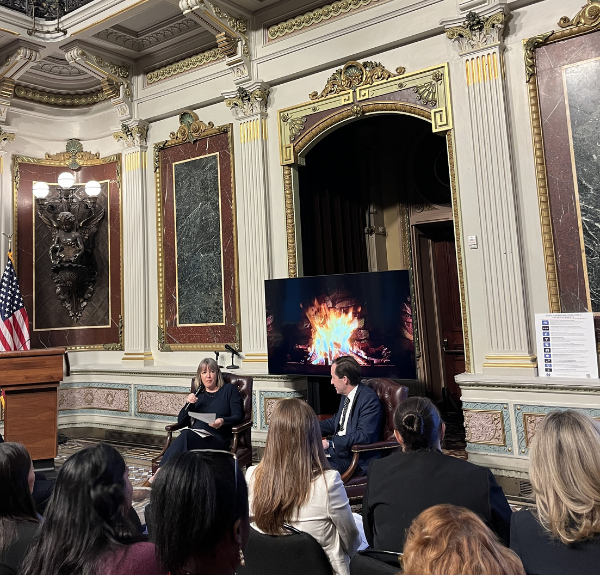The Biden-Harris Management Agenda Vision (PMA) lays the foundation for an effective, equitable, and accountable government that delivers results for all Americans through three main priority areas. The following blog post, authored by the HUD CX team, highlights their efforts to adopt a trauma-informed approach to customer experience. This supports the work of PMA Priority Two, Customer Experience.
When Americans interact with Federal services at difficult moments in their lives—like recovering from a disaster, experiencing discrimination, or accessing critical healthcare—they may be experiencing trauma. When approaching Federal customer interaction in these difficult moments, it’s important to consider how we design for both customers and the employees who serve them.
At HUD, we are working to embed trauma-informed practices into how we do our work. Customers experiencing trauma may have difficulty regulating their emotions, have trouble remembering events, or experience physical symptoms. When asking people to recount past events while filling out a form or speaking with program staff, there is a risk that an individual may be retraumatized and experience symptoms again.
For our team, a trauma-informed approach to customer experience means that we consider the physical, mental, and emotional impact of our services—which includes proactively identifying likely triggers, designing our services to minimize re-traumatization, supporting our employees who often have repeated interactions with individuals experiencing trauma, and promoting the use of evidence-based interventions.
In addition to incorporating trauma-informed practices into service design, we are also exploring ways to deepen their use in customer experience and human-centered design more broadly. Research, design, and testing activities can cause emotional distress or retraumatize people by asking them to recount past traumatic experiences. Recognizing this, we are focused on incorporating best practices, like building psychological safety, increasing trust and transparency, enabling peer support, and communicating clearly and in plain language. This work folds into a larger project on disaster recovery—a cross-agency team is developing standardized design guidelines to promote trauma-informed communications and interactions between agencies and disaster survivors. These practices can also transfer into other service interactions beyond disaster.
To learn from federal peers and colleagues with expertise in trauma-informed approaches in government we reached out to the GSA Centers of Excellence CX Community of Practice to conduct an industry scan. We gathered a wealth of insight on major issues in the space, methods and considerations, and additional resources on this topic which are informing our current CX work.
Through human-centered design research, we learned that for those who file housing discrimination complaints with HUD, recounting incidents of discrimination can be difficult for them and for the HUD employees who capture these accounts. Experiencing re-traumatization can make it more difficult for the individual to recount and the employee to accurately capture critical information related to the complaint. Our customer experience team is collaborating with the Office of Fair Housing and Equal Opportunity (FHEO) to design, prototype, and test solutions to expand FHEO’s capability to incorporate trauma-informed expertise and practice into the complaint process—including interactions with customers.
Through this work, we’ve developed an initial list of resources and leading practices about trauma-informed research and service design that could be useful to others as they approach similar efforts.
For more information contact cx@hud.gov and stay tuned to Strategy 2 for updates on the broader Life Experiences work.
Stay Informed
Follow along with Performance.gov on LinkedIn and Twitter as we highlight different agencies and their goals. We will continue to update Performance.gov quarterly with progress on agency and PMA priorities and strategies.
Subscribe to our newsletter to receive updates in your inbox.




